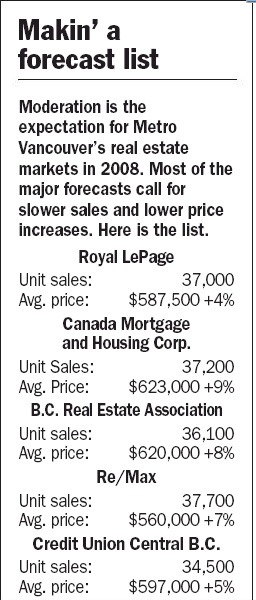Sue Kirchhoff and Noelle Knox
USA Today

A foreclosure sign outside a townhouse in Herndon, Va. Federal Reserve reforms seeking to ease the country’s credit crisis take effect early next year. (By Paul J. Richards, AFP/Getty Images
WASHINGTON — The Federal Reserve, criticized for standing aside as risky subprime mortgage lending soared then crashed, did an about-face Tuesday by proposing sweeping new consumer protections.
The Fed proposals would cover tens of thousands of banks and non-bank lenders, mortgage brokers and mortgage-servicing companies. They would rein in the dicey policies of some lenders, such as approving “no-document” loans based on stated income and penalizing borrowers who repay loans early.
Such loose standards led to surging foreclosures, forced scores of subprime lenders out of business, threw the housing market into recession and sparked a credit crunch as financial firms that bought bonds backed by the loans were stuck with sour investments.
But the proposals go well beyond the 20% of the mortgage market that is subprime, loosely defined as higher-cost loans to borrowers with poor credit. The Fed would tighten rules covering advertising, servicing and appraisals for conventional mortgages, too, affecting all home buyers.
“I can’t think of a time when the Fed took sweeping action like this in the consumer-protection area without some specific mandate from Congress,” said Robert Lawless, a law professor at the University of Illinois who specializes in bankruptcy and consumer credit.
Consumer groups, which have pushed the Fed and other regulators for years to take a tougher line, generally said the rules fell short and expressed concern that business groups would embrace the Fed plan as a way to head off tougher proposals by Democrats.
“I don’t think (this) gets anybody off the hook from having to pass stronger legislation,” said Janis Bowdler, senior housing analyst for the National Council of La Raza, a Hispanic advocacy group.
Still, the mortgage industry wasn’t happy, either.
“We are concerned … that some of the restrictions in the proposals may unnecessarily limit the credit options available to borrowers,” said Kieran Quinn, chairman of the Mortgage Bankers Association.
The Fed rules are notable for both what they do and don’t do. They won’t help people now stuck in mortgages they can’t afford. They don’t untangle a confusing web of state and federal regulations. Enforcement would be run by an alphabet soup of agencies.
The Fed said it lacked authority to address such issues as the licensing of mortgage brokers or whether Wall Street firms that repackage mortgages into securities should be held liable for fraudulent loans.
But the rules would provide national consumer protections. And they’d ensure minimum standards if Congress failed to pass more comprehensive rules.
The move could also make the conservative Fed more receptive to broader regulation in the future. Fed Governor Randall Kroszner, who took the lead in drafting the rules, said he hoped the rules would preserve credit for lower-income borrowers.
The action underscores that the Fed, though slow to perceive the threat to subprime loans, has become one of the only federal entities able and willing to act.
Rep. Barney Frank, D-Mass., chairman of the House Financial Services Committee, who criticized the Fed for limiting but not ending prepayment penalties and doing too little to stop brokers from steering people to high-cost loans, has moved a raft of housing bills.
But the measures have stalled in the Senate. Congress has yet to clear a bill to help borrowers refinance into Federal Housing Administration loans, despite months of effort. So unsettled is the political atmosphere that former Fed chairman Alan Greenspan has gone further than many Democrats by suggesting that Congress provide direct financial aid to homeowners. Greenspan, lionized while at the Fed, has been forced to defend himself in TV and print interviews for not having done more to regulate mortgage lending.








